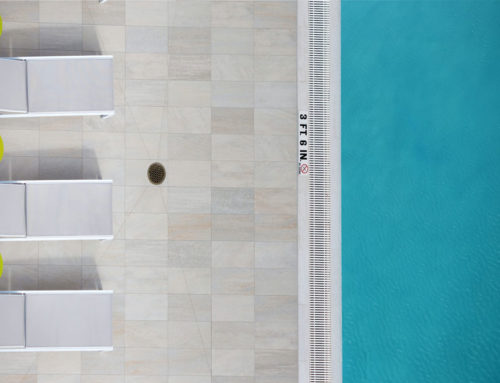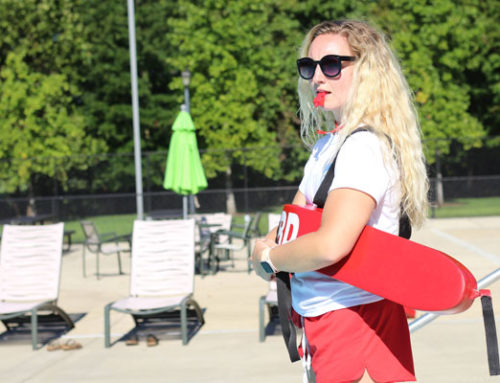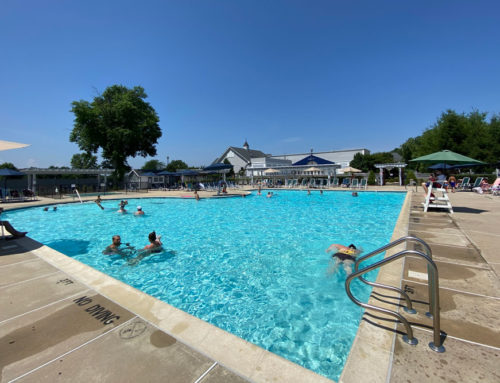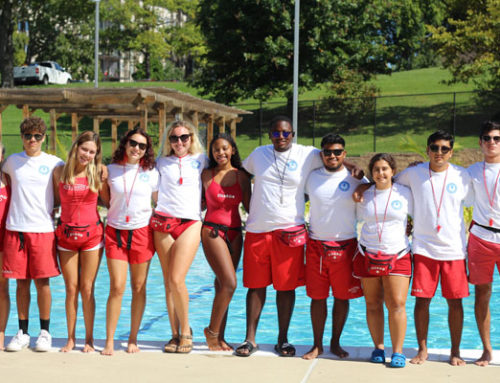Warmer temperatures probably mean that your pool has entered its busiest season of the year, and pool management needs to be prepared for the sudden rush of patrons to their facilities. While proper pool maintenance will give you crystal clear water with safe chemical balances, there are more pressing matters of public safety present than that.
According to the U.S. Centers for Disease Control and Prevention, there were 3,533 preventable drownings across the country between 2005 and 2009. One in five of these cases involved children below the age of 14. For every child that dies, another five require intense medical care for their injuries.
The CDC claimed that the main cause of these incidents is lack of swimming ability, and pool managers should be aware that even though some patrons may appear fine, they could be one moment away from disaster. Instead of waiting for an emergency to happen, teaching swimmers some basic skills might save time, trouble and one of your patron’s lives.
Start with breathing
Many people believe that good swimmers have the mechanics of moving themselves through the water down pat, and while that’s a very important ability, breathing is arguably the most critical skill beginner swimmers must master before continuing on.
Active.com recommended practicing proper breathing techniques – in through the mouth, out through the nose – in a large mixing bowl. This allows beginners to submerge their faces, but not be in any danger of harm from mistakes or panic. Once swimmers are comfortable with breathing around water, they can graduate to a full body of water.
Practice bobbing in shallow water
It doesn’t take much skill to keep yourself floating above the water’s surface, which is why the majority of drowning incidents occur because swimmers panic or lose control in the pool. Therefore, teachers should get beginners comfortable with the idea of submerging themselves completely. Only then will they be able to swim naturally.
With the students in shallow water, instruct them to bend their knees and throw their arms up as they enter the water below. From there, they can stand back up and repeat the motion several times.
Buy the right equipment
You wouldn’t ask a child to ride a bike without learning on training wheels, so why ask beginner swimmers to jump in the water without any mechanical assistance? Floatation and safety devices not only make the experience less dangerous for students, but they add excitement to your facility as well. They may also help students who are struggling with some early concepts. For example, a student with a kickboard can focus on breathing and kicking techniques without worrying about keeping his head above water.
You may want to consider goggles, bathing caps, kickboards, pull buoys, fins, hand paddles, gloves, water dumbbells, noodles or water treadmills to offer your patrons an extra dimension to their instruction.
Choose group or individual lessons
While many people choose to learn how to swim during childhood as part of a large group, there are some who prefer individual instruction over public courses. Both styles offer advantages and disadvantages, and it’s up to pool management to decide which best suits their facility.
Large pools with structured event times are usually best for group lessons. The group can cordon off a section of the pool or the entire facility for their private use, while an individual instructor can meet casually with his or her student during any open swimming period.
Swimming lessons are not only a good idea from a safety standpoint – they can also be a source of extra revenue that patrons are happy to pay.






